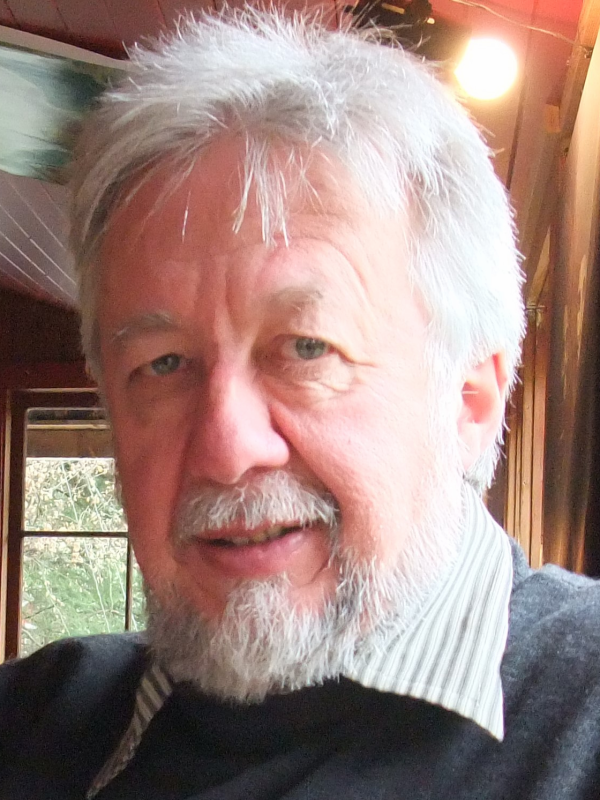(1) A caveat concerning the use of the terms ‘victim’ and ‘offender’ as I understand and have written about the prolonged and profoundly negative impacts of labelling. I choose to use these terms because we are dealing with something other than minor ‘harmdoers’ and ‘those who’ve suffered the harms.’ We are dealing with serious criminal offences and with a litany of terms used by the key actors in the various systems. At a policing or investigatory stage one might hear ‘person of interest,’ ‘suspect’ or ‘alleged perpetrator’; at a prosecutorial level ‘the accused’ (until guilt is determined), then ‘the defendant;’ if sentenced and incarcerated ‘convict’, ‘inmate’, ‘prisoner’; when released: ‘parolee’ or ‘probationer.’
As well, most ‘harm doers’ I work with have been convicted of the serious crimes for which they were charged, or have pleaded guilty. They do not want to be called ‘inmates’ as a rule, and will be glad to tell you why. They tend to identify themselves as ‘prisoners’, do not seem to balk at ‘offenders’ and recognise that they now have criminal records (as opposed to a record of ‘harms done and for which I accept responsibility’).
On the victim side, individuals may actually want and need the legal designation ‘victim’ for a variety of purposes. In Canada the term conveys rights under the 2015 Canadian Victims Bill of Rights or legal standing in criminal and civil courts. The designation might also be needed for insurance purposes or to qualify for victims’ compensation or for disability claims. Criminal trauma survivors seeking such remedies, with whom I also deal, choose, at least for a time, to identify as ‘victims.’
Some individuals, on the other hand, find the term ‘victim’ pejorative or diminishing and prefer terms that are more empowering. Respondents in my doctoral research (Gustafson, 2018) described their Victim Offender Mediation programme (VOMP) experience as having enabled significant trauma recovery for them . . . setting them ‘Free at last [and] enabling them to move from a view of themselves as ‘victims’ to ‘survivors’ or ‘thrivers’.’
References
Braithwaite, J. and Strang, H. (2001). Introduction: Restorative justice and civil society. In: H. Strang and J. Braithwaite (eds.) Restorative justice and civil society, chap. 1, pp. 1–13. Cambridge: Cambridge University Press.
Coelho, P. (2014). The Alchemist: Translated by Alan R. Clarke 25th Anniversary Edition. San Francisco: HarperOne.
Eliot, T.S. (1934). The Rock: A pageant play . . . Book of words. London: Faber & Faber.
Gustafson, D.L. and Smidstra, H. (1989). Victim offender reconciliation in serious crime: a report on the feasibility study undertaken for the Ministry of the Solicitor General (Canada). Unpublished report.
Roberts, T. (1995). Evaluation of the Victim Offender Mediation Project, Langley B.C.: Final Report. Victoria, BC: Focus Consultants.
Roche, D. (2003). Accountability in restorative justice. Oxford: Oxford University Press.
Schweigert, F.J. (1999). Learning the common good: principles of community-based moral education in restorative justice. Journal of Moral Education 28(2):163–183.
Umbreit, M.S. (1999). Avoiding the marginalization and “McDonaldization” of victim-offender mediation: a case study in moving toward the mainstream. In: G. Bazemore and L. Walgrave (eds.)
Restorative juvenile justice: repairing the harm of youth crime, pp. 213–234. Monsey, NY: Criminal Justice Press.
Weitekamp, E.G.M. and Parmentier, S. (2016). Restorative justice as healing justice: looking back to the future of the concept. Restorative Justice: An International Journal 4(2):141–147. Https://doi.org/10.1080/20504721.2016.1197517.



